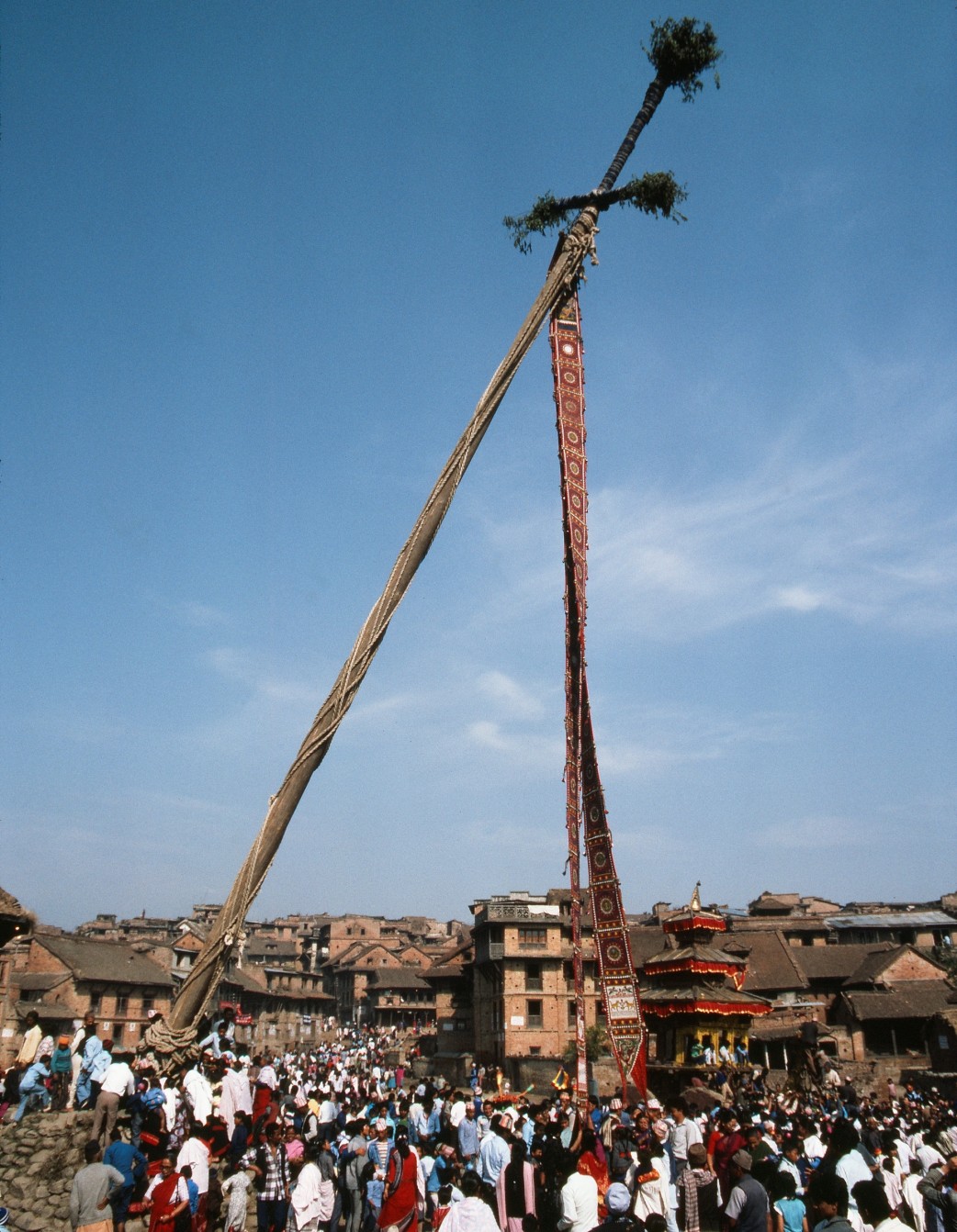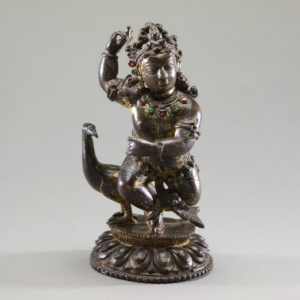
This week marks the start of spring in the United States. Perhaps you’re doing something special to mark the end of winter and the beginning of a new cycle, like breaking out your warm-season wardrobe or participating in a special spring equinox yoga session.
The transition of seasons is one of the major themes present in the exhibition Nepalese Seasons: Rain and Ritual (open through March 27, 2017). For Nepali people, these transitions are marked by festivals and celebrations, which relate to the deep ancestral traditions of the people of the Kathmandu Valley. For the Newars (the indigenous people of the Kathmandu Valley), the beginning of the spring season coincides with the celebration of Bisket Jatra.
Ushering in the New Season and New Year
After a long winter, many people here in New York look forward to the first day of spring because it signals the start of new life and favorable weather. For the Nepali people, the start of spring is all this and more—it’s also the start of the new year!
The Bisket Jatra festival coincides with the Nepali New Year and, generally, it falls sometime around April 15. Nepalese Seasons curator Dr. Gautama Vajracharya suggests that the Newars keep this April date instead of the March equinox observed elsewhere in reference to a much earlier time in their ancestral history—the precise timing of the equinox has shifted over the centuries.
Bisket Jatra in Bhaktapur
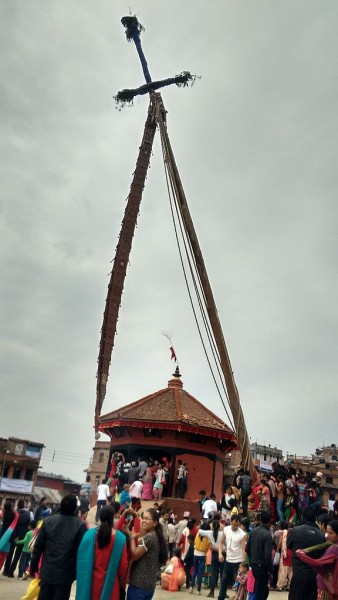
Bhaktapur, one of the three major cities of the Valley, has the most dramatic celebrations for Bisket Jatra. During the festival, a large wooden chariot carrying a sculpture of the wrathful Bhairava are charted around town. At a certain point, the chariot stops to bare witness to a tug of war battle between the east and west sides of town. The most climatic display comes with the erection of twenty-five-meter-high pole which comes crashing down the next the day.
Continue your own springtime celebrations at the Rubin and see Nepalese Seasons: Rain and Ritual before it closes on March 27th! Below you can preview highlights from the exhibition and learn more about the seasonal festivities of the Kathmandu Valley:
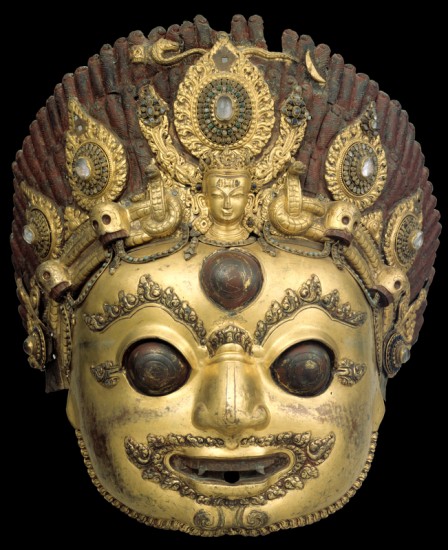
This impressive mask depicts the wrathful Bhairava, the same deity carried in the chariot during Bisket Jatra.
As of March 2023, this object is no longer in the Rubin Museum’s collection.
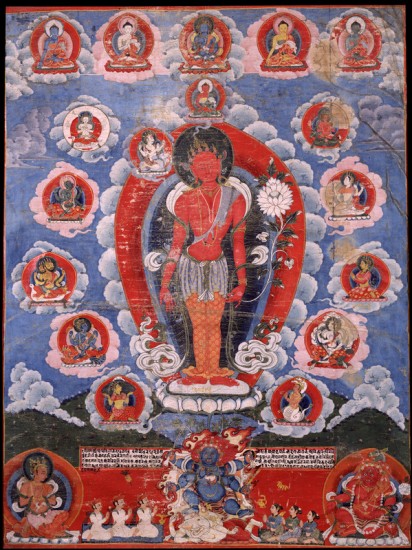
A deity with many identities, Bunga Dya (as he is locally called) is a rain god who is also venerated by being carried in a chariot procession.
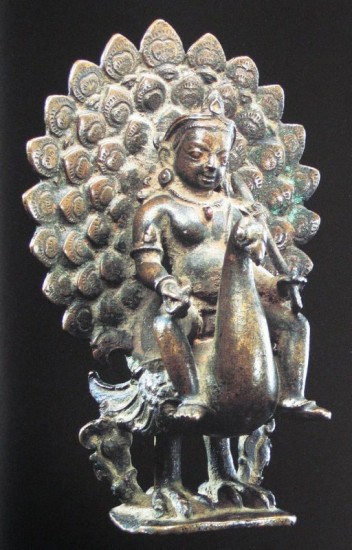
Kumara is the son of the Hindu gods Shiva and Parvati and is worshipped just prior to the monsoon rains.

Varunani is one of the mother-goddesses that Newar’s worship through masked dances
.jpg)
One of the jewels of the Rubin Museum’s collection, Durga is worshiped during the autumn to give thanks for the harvest and to protect it from possible bandits.
Add Your Thoughts
Comments are moderated, and will not appear on this site until the Rubin has approved them.

